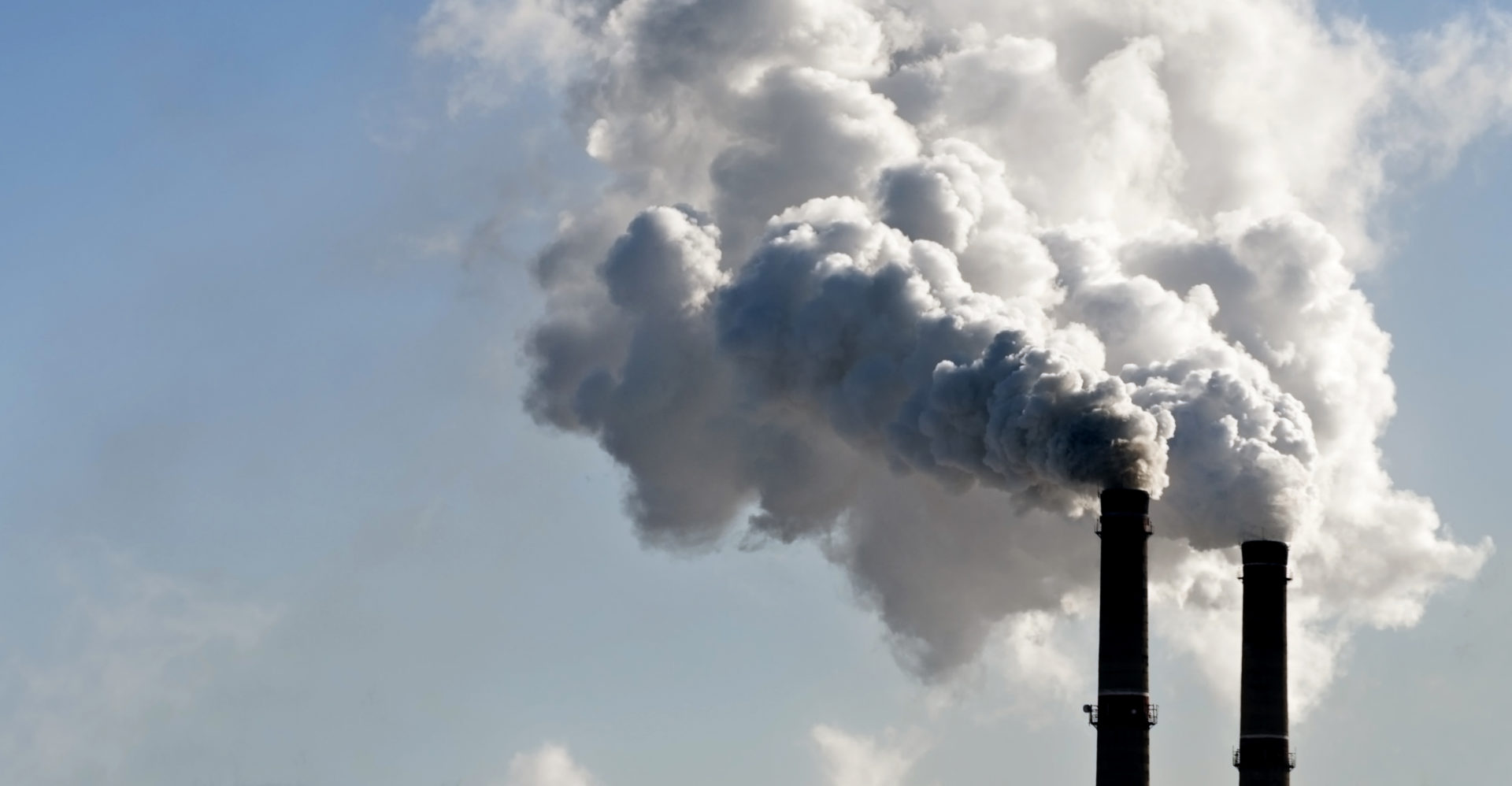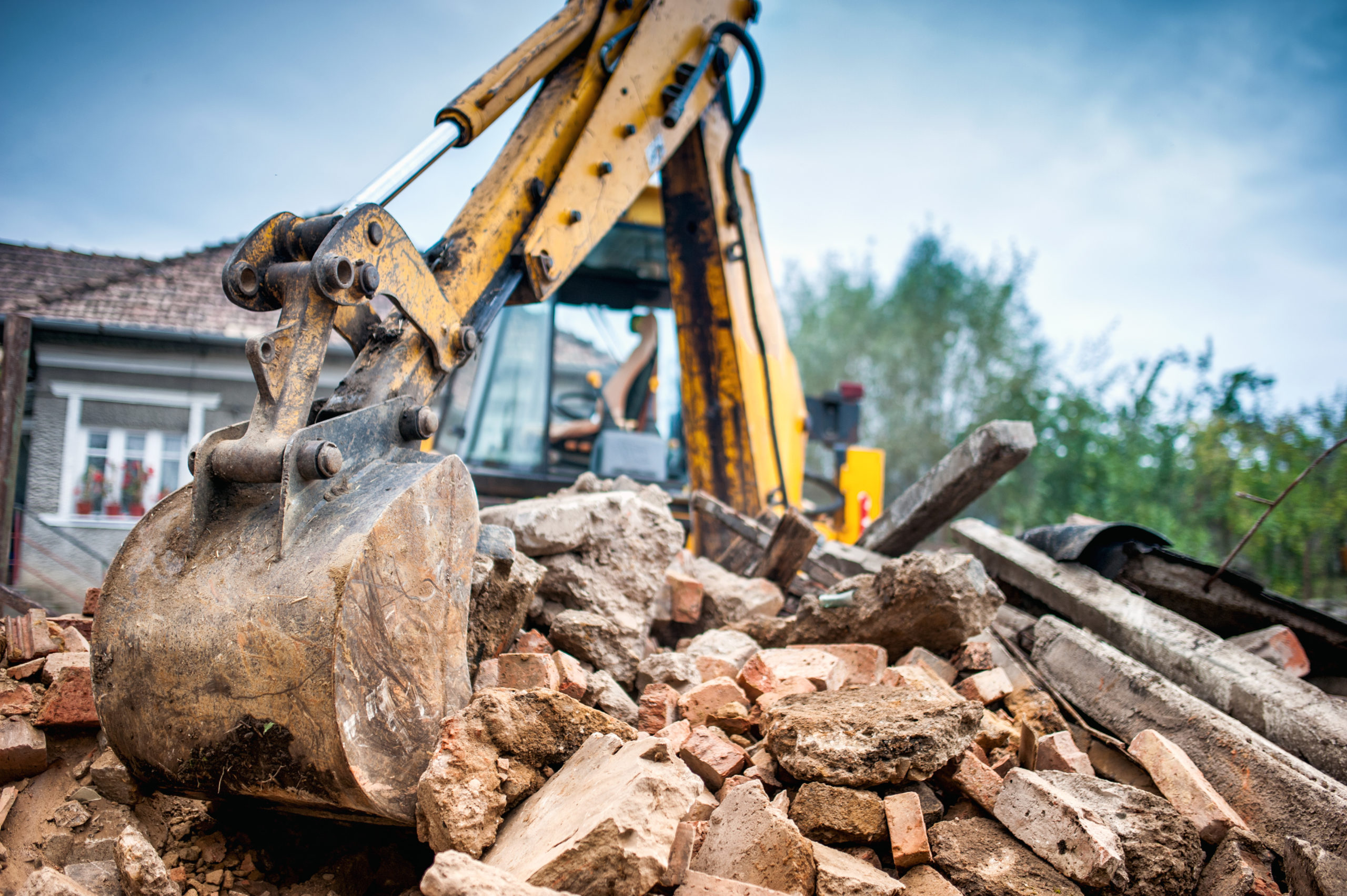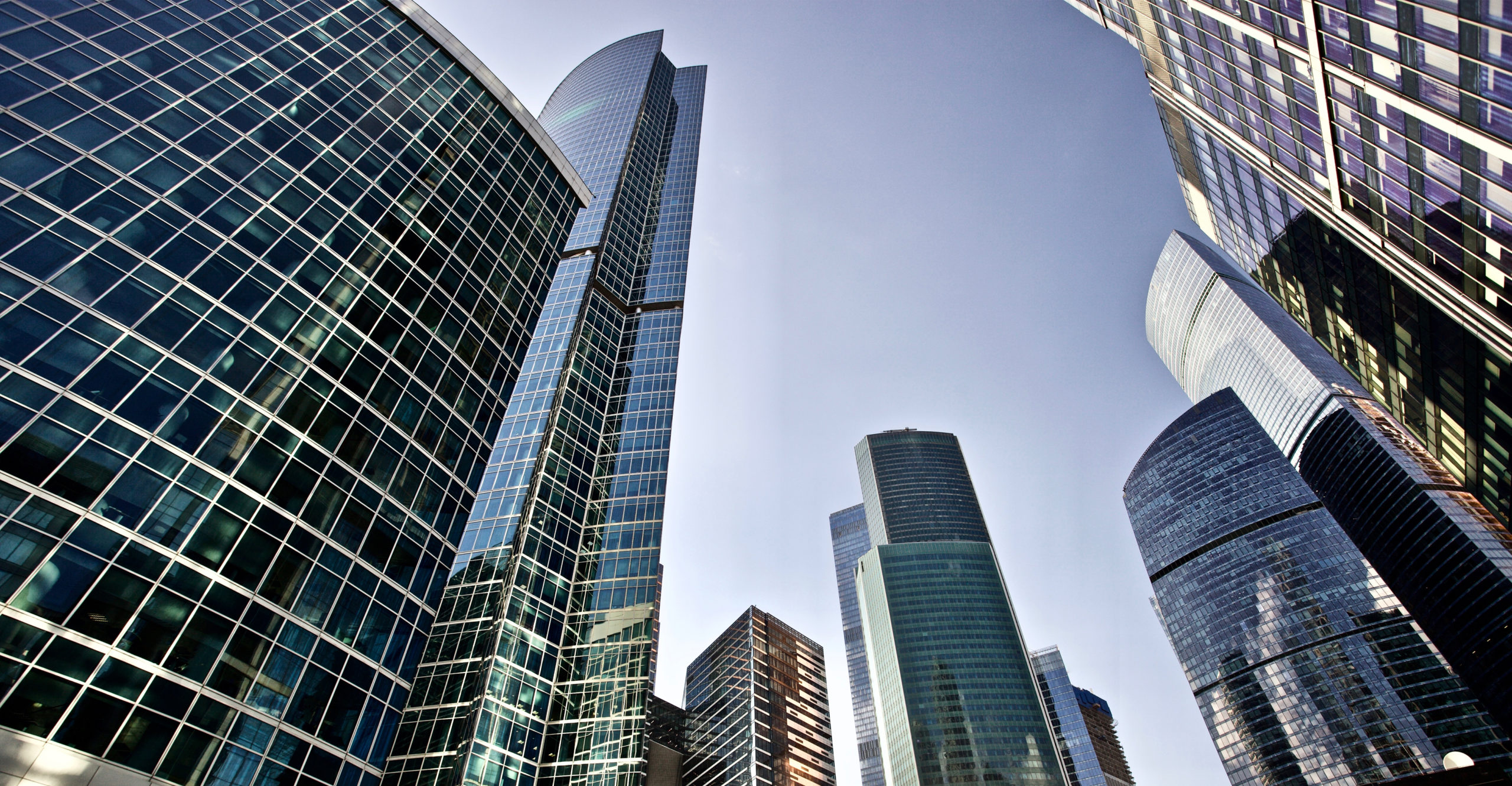
April 2020
5 Min Read
Greener Concrete: Reducing the Planet’s Greenhouse Emissions Requires Innovative Advances in Concrete Production
The global carbon footprint of the concrete industry is larger than the country of India. Concrete and cement are the world’s leading construction material and are a major source of greenhouse gas emissions, accounting for about 8 percent of all such releases. The reason is that it takes a great deal of heat to make Portland cement, the agent that binds aggregate (rock) and sand together in the making of concrete. The process of creating cement emits upwards of 80 percent of the cement’s weight in carbon dioxide. The cement releases carbon dioxide as part of the chemical reaction and therein lies the issue. Everyone tends to get caught up in internal combustion engines and coal-fueled power plants as pollutants, but another major, but lesser-known source is the making of cement and concrete.
Concrete is actually the most utilized material on earth other than water. According to Yet-Ming Chiang, the Kyocera Professor of Materials Science and Engineering at MIT, “About 1 kilogram of carbon dioxide is released for every kilogram of cement made today. That adds up to 3 to 4 gigatons (billions of tons) of cement, and of carbon dioxide emissions, produced annually today.”
“From 2011 through 2013, China used more than 6.5 billion metric tons of cement — more than the U.S. used in the entire 20th century. Between 2006 and 2050, global production of cement is expected to increase to between 3.7 billion metric tons and about 4.4 billion metric tons,” states Nate Berg on Vox.com.
“The number of buildings worldwide is expected to double by 2060, which is equivalent to building one new New York City every 30 days,” said Yet-Ming Chiang. And cement and concrete, as a commodity is now inexpensive. So, the challenge is to find ways of reducing the material’s carbon emissions without increasing cost or manufacturing difficulties in an already very successful, conservative industry.
According to Climatecentral.com, “Since concrete’s not going away, reducing the carbon intensity of its production is becoming a global imperative. New technologies and approaches are being developed to cut down on concrete’s environmental downsides. Everything, from utilizing industrial by-products to reduce cement usage, to recycling existing concrete, to producing self-healing concretes that reduce the need for new concrete, to creating entirely new materials is being considered.”
The process of using industrial by-products in particular is being explored as a means of finding innovative ways to cut emissions down. One of these processes involves pumping it full of CO2. Dartmouth, Nova Scotia–based CarbonCure is moving forward with that process. Their process starts with CO2 captured from fertilizer and ethanol plants and purified primarily for use in carbonated drinks. But instead of carbonating sodas their process carbonates concrete. The CO2 is pumped into concrete mixers, where it chemically bonds with and becomes trapped in the concrete. That keeps the CO2 out of the atmosphere, but it also makes the concrete stronger. The latter delivers most of the carbon benefit by reducing the amount of carbon-intensive Portland cement required to achieve a given pour’s specified compressive strength.
Architecturalrecord.com states, “Nearly 200 concrete plants in North America and Singapore use CarbonCure’s process, to date trapping or eliminating about 125 million pounds of CO2. The technology’s adoption is apparently attributed to the to its ability to cut embodied carbon without added cost, since savings from using less cement balance out the cost of the CO2.” Almost everyone is interested in reducing environmental impact, so, when it’s cost-neutral, it becomes the proverbial no-brainer. Apparently, this technology can be combined with the other means of trimming concrete’s carbon footprint, such as replacing Portland cement with less carbon-intensive cementitious materials like fly ash from coal plants and steel slag.
Cementitious supplements already displace about one-fifth of global cement demand, and experts say it could ultimately displace over two-thirds. Several concrete companies use CarbonCure’s process with concrete mixes that have high ash and slag content. As an example, for the floors poured for the San Francisco law building at the University of California, Hastings they added CO2 to concrete with a 55:45 ratio of Portland cement to substitutes, cutting embodied carbon in half relative to conventional concrete.
Another company, Los Gatos, California–based Blue Planet has a different cost-neutral scheme for cutting concrete’s embodied carbon. They also rely on industrial CO2, but instead of tweaking concrete’s need for cement, Blue Planet uses CO2 to create synthetic limestone that can sequester CO2 and replace aggregate—the quarried rock and sand used in concrete.
Blue Planet’s Bay facility takes raw pollution from a gas-fired power plant and reacts it with alkaline industrial wastes from cement kilns, mining operations, chemical plants, and demolished concrete. The reaction produces calcium carbonate (limestone) that is 44-percent sequestered CO2 by weight. The firm’s first commercial plant, in construction east of San Francisco, will supposedly produce enough aggregate to sequester up to 1 million tons of CO2 a year. This figure will be increased by reducing imports of rock quarried in far-off British Columbia.
One good aspect is that there is plenty of CO2 to go around with power plants worldwide releasing enough carbon to meet the worldwide demand for aggregate. And the more alternatives available, the less environmentally impactful the concrete and cement industry will be.



















































